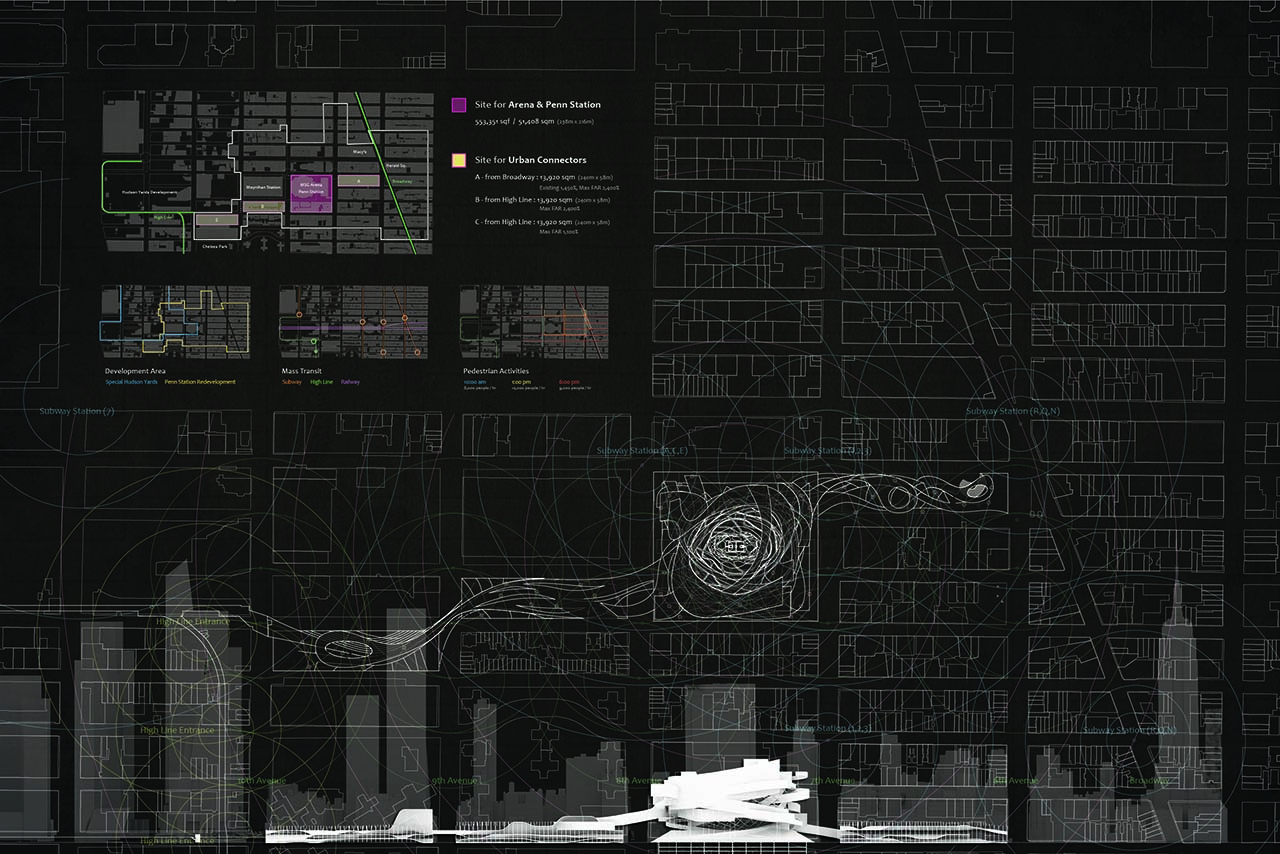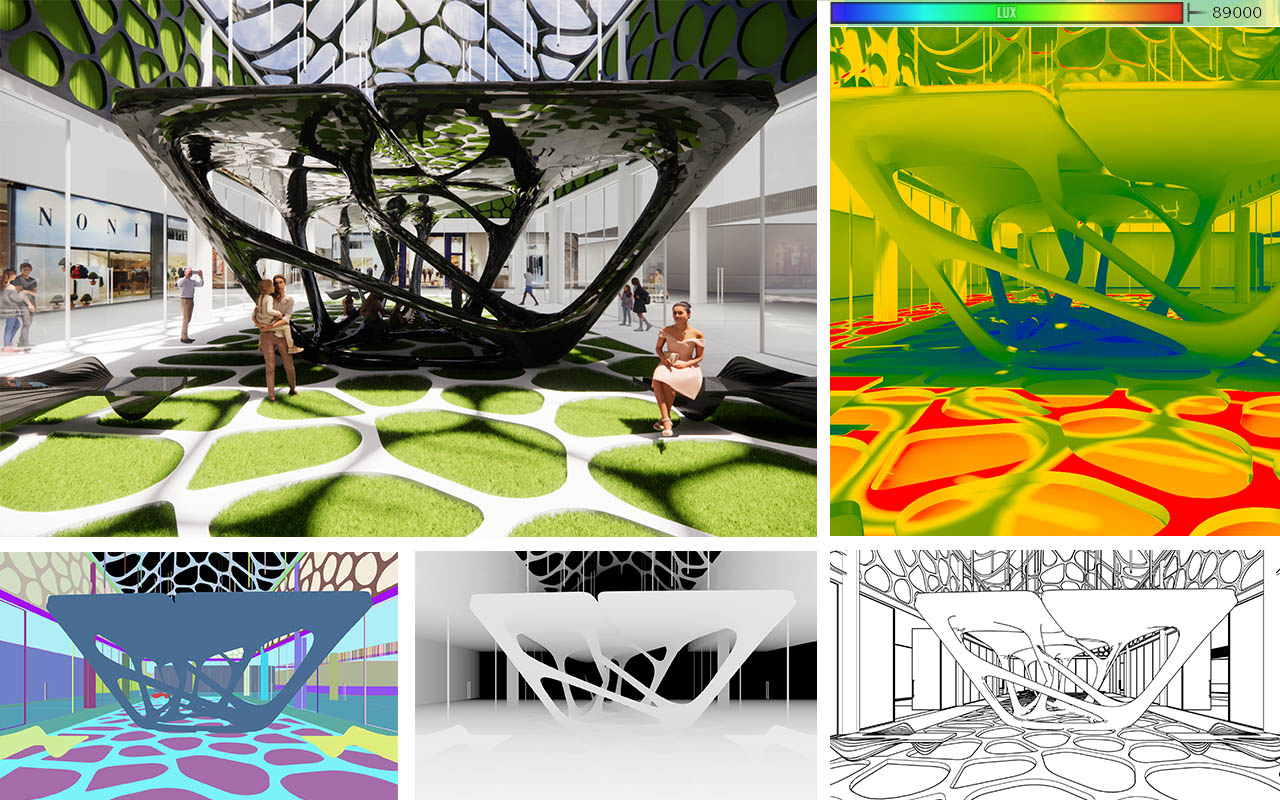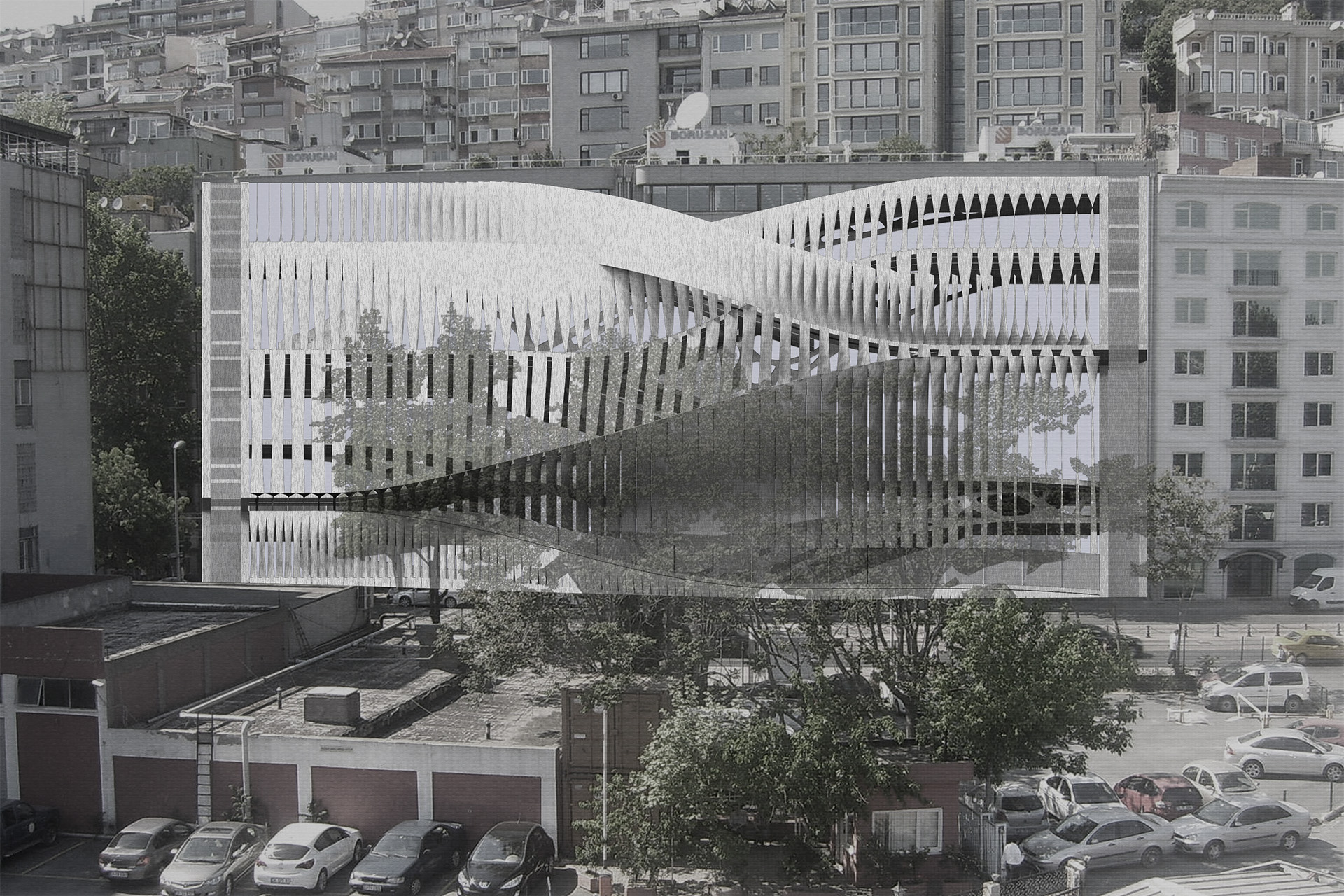Sustainability is one of the most critical goals of contemporary architecture since the climate change and environmental impact became a global issue. According to the researches, buildings and construction are responsible for 37–40% of carbon dioxide emissions, including 28% from operational emissions and 11% from materials and construction.
Sustainable architecture requires broaden consideration from its design to the engineering performance. It is a total approach that strives to minimize environmental impact. Sustainability is not just a goal but continuous and innovative practice, embodies the creation of eco friendly and energy efficient buildings that preserve and enrich the built environment.

Strategic and Analytic Design
Sustainable architecture has been brought through total effort from each party of the project, architect, interior designer, engineer, contractor, and client. Each has a specific role to achieve the sustainable life of a project. There have been a lot of developments for strategies and methodologies to evaluate and enhance a quality of their works in terms of sustainability.
Architects have used the digital modeling and software to delineate the design to manage the project. In order to optimizing the building’s performance, the building should be built in a digital space and analyzed its both positive and negative effects on the surroundings. The site is unique, either urban or rural condition, and could be complex to consider a response to its climate – light, air, water, soil, biodiversity, and social relationship. That is why a strategic and analytic design became one of most prevalent approaches in architecture.



